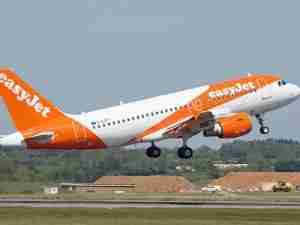Transatlantic airlines show big fuel-efficiency gaps
By: Reuters | Nov 17 2015 at 03:03 PM | Air Cargo
The biggest transatlantic airlines are up to 51 percent less fuel-efficient than their smaller lower-cost rivals, which offer fewer first-class seats and maintain newer fleets of aircraft, according to a report released.
A 43-page study by the International Council on Clean Transportation found that Norwegian Air Shuttle ASA, German-based Air Berlin and Ireland's national flag carrier Aer Lingus had the smallest carbon footprints among 20 transatlantic carriers in 2014.
British Airways, Scandinavian airline SAS and Deutsche Lufthansa AG had the worst CO2 performance, as measured by passenger mile (km) per quart (liter) of fuel.
The report by ICCT, the same independent group that uncovered the Volkswagen AG diesel emissions scandal, comes two weeks before world leaders are scheduled to meet in Paris to try to nail down binding limits on greenhouse gas emissions.
Commercial aviation each year transports more than three billion passengers and 52 million tons (47 million tonnes) of freight, while generating more than $600 billion of economic activity. But aircraft also produce about 770 million tons (700 million metric tons) of CO2 annually.
The ICCT's study of nonstop transatlantic flights between Europe and North America found that the average round trip produces 1.1 ton (one ton) of CO2 emissions per passenger, equal to the emissions of a Toyota Prius driven on a 22-mile (35 km) commute each day for an entire work year.
Researchers were surprised by the 51 percent gap between top-rated Norwegian Air Shuttle and last-place British Airways, which is more than double that among U.S. airlines. They said the difference meant great potential for emissions reduction as the International Civil Aviation Organization works to finalize a fuel-efficiency standard for new aircraft in 2016.
Seating configuration and fuel burn were the most important factors by far, accounting for about 80 percent of the variation in fuel efficiency. First-class and business seats accounted for 14 percent of available seat miles (kms) but one-third of overall emissions.
Carriers with the worst fuel-efficiency performance also tended to maintain older fleets that included twin-aisle Boeing 747 aircraft. Low fuel prices may be providing airlines with an incentive to keep older aircraft in service to lower capital costs, researchers said.
"The fact that market forces and fuel efficiency aren't well-aligned on these routes highlights the need for policies to reduce emissions," said co-author Daniel Rutherford.










